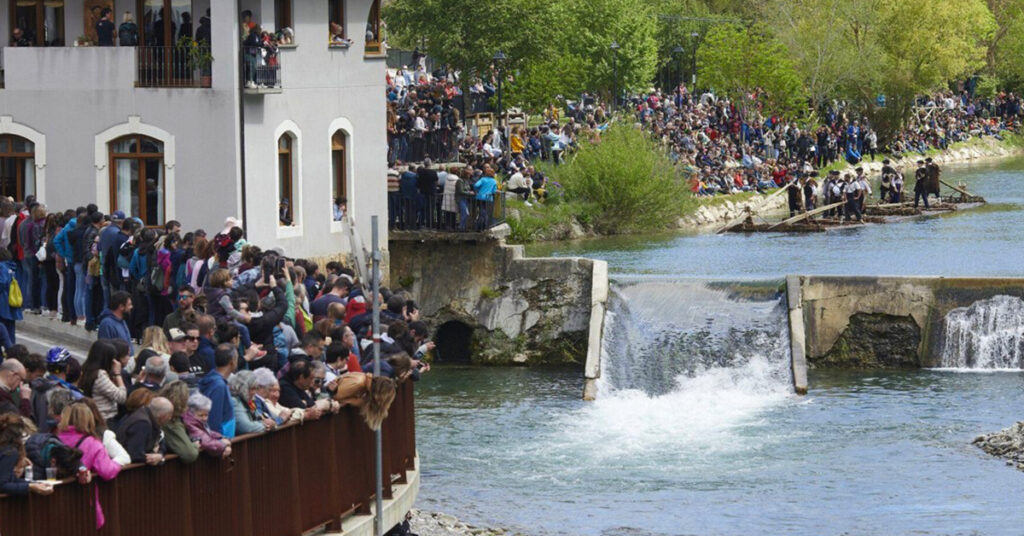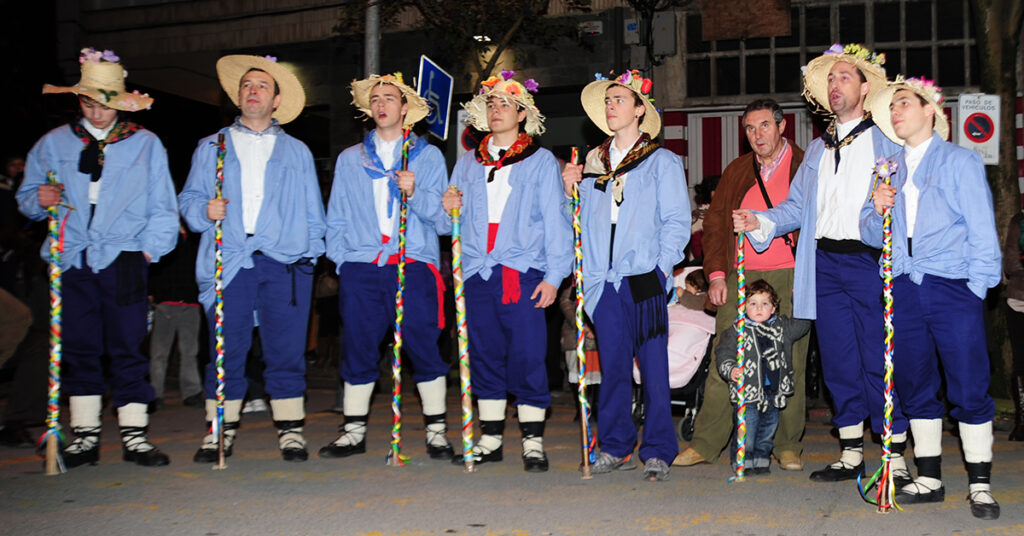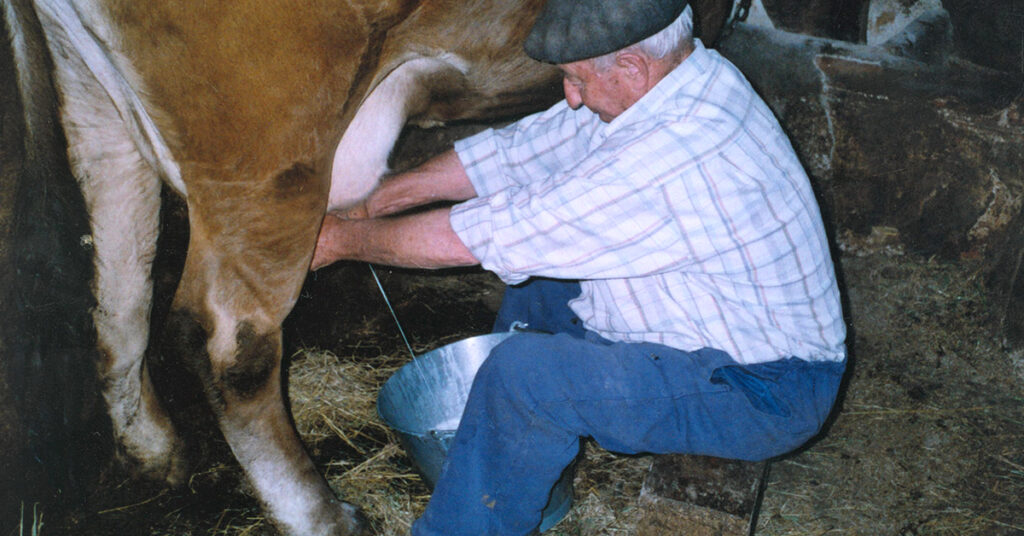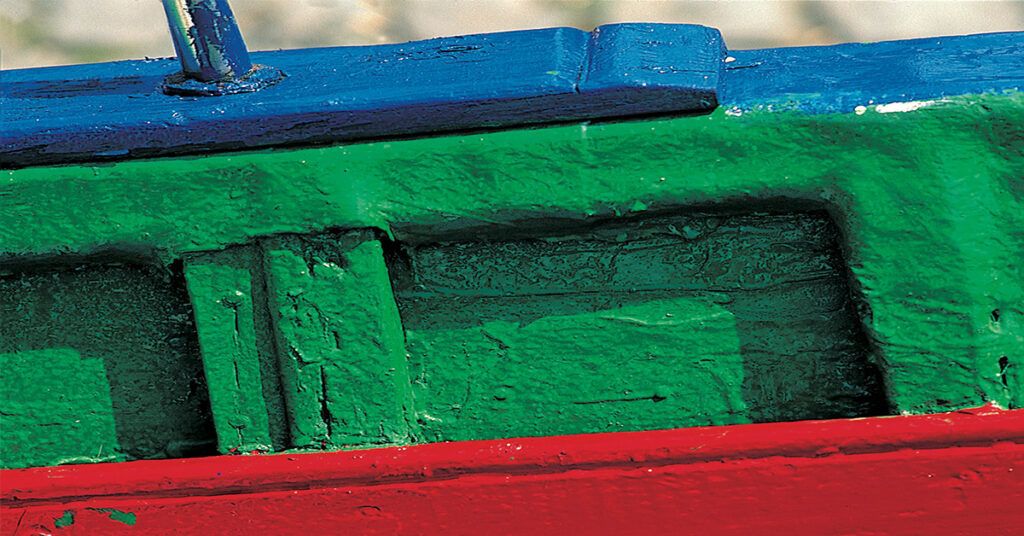Basque ethnography at a glance
Mills and dams were essential infrastructures for the milling of wheat and corn up until several decades ago. They were later used to generate electricity. The natural flow of the flow therefore needed to be stopped and water course disrupted. We have also used the dams to accumulate water and irrigate farmland. More and more were built down through the centuries. Up until the present. (more…)
Even though Carnival has been called the highlight of winter at other times in this country, the celebration of St. Agatha’s Feast Day – with the preamble of Candlemass and St. Blaise’s Day – were what could be called a “festive trilogy” combining the sacred and entertainment, in terms of Catholicism and leaving the Christmas cycle to one side.
Let us look at how cows were milked by hand, eskuz erastea, in the past. The barn needed to be a haven of peace and quiet to milk the cows. The bedding was mucked out and fodder was put in the manager so the cows stayed still.
Water was put in a bucket and the animal’s udders, erroak, were cleaned thoroughly. The milking stool, with three legs and a hole in the middle to move it easily, was then put in place.
The cows used to be milked directly into a zinc bucket, but given the risk of it turning over, they were then first milked into a pail or tank and the milk was then tipped into the bucket. In any event, when the cows were directly milked into the bucket – particularly when plastic buckets began to be widely used due to their lack of stability –, milkers had to hold the bucket tightly between their knees and feet.
The substitution of wood for synthetic materials in shipbuilding has led to the disappearance of colour in fishing ports and, imperceptibly almost, to a loss of identity too.
Colour is a characteristic of boats and fishing ports in all corners of the world; and certain colours, as well as shapes and specific elements of the ships, are what distinguish ports from one another everywhere. In Basque ports, for example, the prevalent colours are blue, red and green; rarely will we find any black or yellow in them. This set of colours must be a reflection, to some extent, of a way of understanding the world, something that developed over time until it become an expression of identity.





